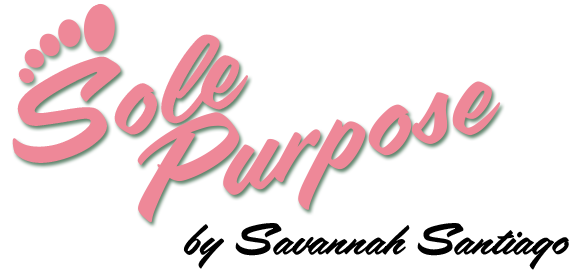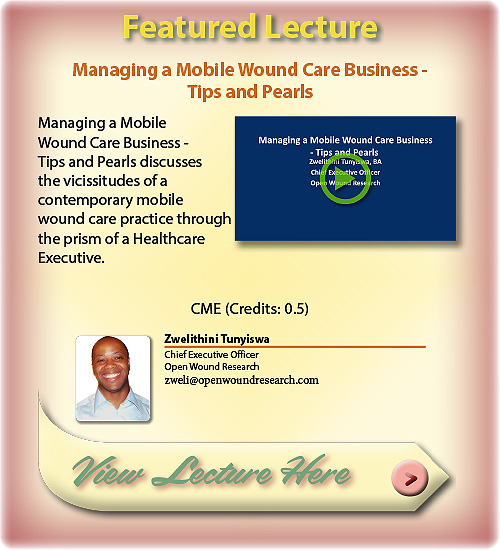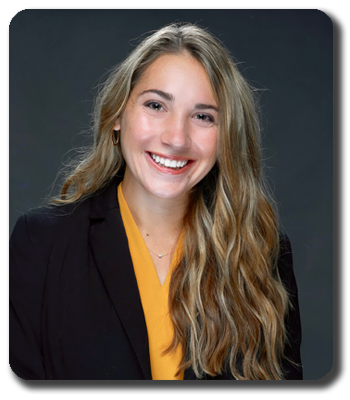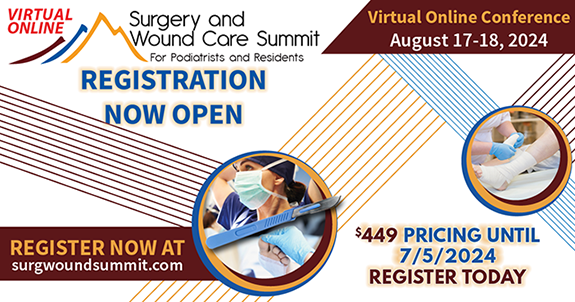
Sole Purpose 10
How to Study for the APMLE Part 1
How to Study for the APMLE Part 1

Today's article is precisely what I wished I could have stumbled upon during my panicked Google searches as a second-year student fearing my APMLE Part 1 exam. If current second-year podiatric medical students are like me, they're probably starting to search frantically on Google for effective study methods and seeking advice from upperclassmen. Although I came across YouTube videos and some Student Doctor Network posts outlining some resources and strategies, none provided a comprehensive study schedule. Hence, this article will outline my study approach and actions.
The APMLE Part 1, or American Podiatric Medical Licensing Exam Part 1, is a crucial assessment consisting of 205 questions that podiatric medical students undergo at the culmination of their second year of medical school. Designed to gauge their proficiency in fundamental competencies, this four-hour exam is a pivotal milestone in their academic journey. It follows a pass/fail format, necessitating a successful outcome for students to advance in their podiatric medical education. Featuring multiple-choice questions with options labeled as ABCD, the exam is graded on a curve, requiring candidates to achieve over 75% to pass.1,2 Additionally, the exam incorporates new test questions, including "beta questions" that don't contribute to the final score.
My first piece of advice is to look at the Curricular Guide for Podiatric Medicine, which breaks down EVERYTHING for the test. I will link it below.1
The test is broken up into the following sections*:1,2
- Lower Extremity anatomy (25%)
- Pharmacology (15%)
- Micro and Immunology (15%)
- General anatomy (13%)
- Physiology (13%)
- Pathology (12%)
- Biochemistry (7%)
*Each exam for each student is different so this is just generally how it is broken down. I had a more biochemistry and physiology-heavy exam.

Resources
Numerous resources abound to aid individuals in their exam preparation endeavors. To prevent being overwhelmed, I opted to restrict myself to a maximum of 2-3 resources per subject. I marked an asterisk next to the resources I utilized. Additionally, I found the website Blueprint Prep particularly helpful; it organized the number of Sketchy, Pathoma, etc, videos I needed to watch daily for comprehensive review before the exam. Moreover, I relied on the Anki app for all my flashcards, a method I also employed during my preclinical classes.
*= a resource that I used personally
Lower Extremity Anatomy
- My school notes from my Anatomy Course*
- Rueben’s Lower Extremity Manual3 * (great pictures)
- 100 High Yield Topics of Anatomy PowerPoint4 *
- School notes*
- BRS Biochemistry5 *
- USMLE Rx Question Bank and Videos (online- school paid for)6 *
- First Aid Textbook for USMLE Step 17 *
- Pixorize9
- Ninja nerd videos on YouTube10
- Sketchy Microbiology12 *
- First Aid Textbook for USMLE Step 17 *
- Sketchy Pharmacology12 *
- First Aid Textbook for USMLE Step 17 *
- USMLE Rx Question Bank and Videos6 *
- BRS Physiology8 *
- Ninja Nerd Youtube10 *
- Pathoma11 *
- Sketchy Pathology12
- Boards and Beyond13
- Board Vitals (online- school paid for)14 *
- Practice Questions from WesternU School Notes*
- USMLE Rx Question Bank (online- school paid for)6 *
- Prometric free 50 questions15 *


General Schedule
Western was exceptionally generous, granting us most of May and the entirety of June as dedicated study time for the APMLE Part 1. However, I opted to start integrating daily study sessions much earlier into my routine, beginning in December ahead of my exam scheduled for July 7th. This early start may seem excessive, but as a nervous test taker inclined to over-study, it suited my approach well. If you haven't begun studying yet, there's no need to panic.
During December's winter break, I initiated my preparation by taking a 100-question practice test on Board Vitals, set to test mode. This test helped identify my weakest subjects. To track my progress, I meticulously recorded all practice exams in an Excel spreadsheet, though I acknowledge this level of detail may be considered neurotic and unnecessary. Once classes resumed in January, I committed to answering 20 Board Vitals questions daily, maintaining this routine until the dedicated study period commenced in May.
My general weekly study schedule during dedicated was as follows:
Monday: Lower extremity anatomy, general anatomy, physiology
Tuesday: Microbiology, pharmacology, and biochemistry
Wednesday: Lower extremity anatomy, general anatomy, physiology
Thursday: Pathology and some physiology
Friday: Lower extremity anatomy, general anatomy, physiology
Saturday: Full-Length Practice Exam and grade exam
Sunday: Go over the practice exam and watch any videos that I fell behind on
To outline a typical day during my dedicated study period, here's a breakdown in hourly format:
For example: on Wednesday
| - 06:00: | Wake up and have breakfast. |
| - 06:30: | Go for a run. |
| - 07:00: | Have a second breakfast and start the morning Anki flash card session. |
| - 08:30: | Complete 20-30 Board Vitals questions focusing on lower extremity anatomy, general anatomy, and physiology for the day. |
| - 09:00: | Review all questions and compile a list of topics to revisit. |
| - 10:00: | Watch daily Sketchy videos (I watched all Sketchy Micro and Pharm twice and did corresponding flashcards on Anki). |
| - 11:00: | Go through my school notes for Lower Extremity and outline it, followed by the same for general anatomy. |
| - 12:00: | Have lunch and take a walk with my roommate. Relocate to a coffee shop. |
| - 13:00: | Quiz myself on lower extremity anatomy from school notes. |
| - 14:00: | Review all incorrect answers and create flashcards for each. |
| - 15:00: | Study a BRS Physiology chapter and practice questions at the end, making flashcards for challenging topics. |
| - 16:00: | Answer another 20 Board Vitals questions covering various subjects and review them. |
| - 17:00: | Return home for dinner. |
| - 18:00: | Complete the remaining Anki cards assigned for the day, ensuring to stay awake until finished. |
| - Typically went to bed around 10-11pm | |
It was an intense period, and the example provided was a depiction of a perfect day where I managed to accomplish everything I had planned. Admittedly, not every day during dedicated study time was as flawless, but that routine more or less represented the level of dedication I maintained.
In total, I completed the entire Board Vitals Q bank nearly three times over.. Additionally, although I had previously watched all Sketchy Micro and Pharm during my preclinical micro and pharm classes, I revisited both during dedicated study time and completed the corresponding Anki cards.


General Advice
In terms of general advice, having a structured schedule outlining precisely how much I needed to study each day to finish everything three weeks before the exam proved immensely helpful. I found the Blueprint website instrumental in creating such a schedule, though I recognize that not everyone requires such rigidity. Taking "Anki walks" daily helped maintain my sanity; exercising in the morning followed by outdoor flashcard sessions kept me physically and mentally healthy. Given my visual learning style, I heavily utilized my foot model for studying lower extremity anatomy.
It's crucial to prioritize your mental well-being during this intensive period. I highly recommend taking one night off per week for your sanity. For me, Friday nights were sacred, dedicated to relaxation—whether watching TV or spending time with friends, free from the worry of studying. Even during dedicated study time, it's essential to remember to celebrate life's moments. I had my birthday during this period and took the afternoon off to celebrate with fellow medical student friends. You do not need to be a monk dedicated to podiatry every second leading up to this exam - you are still a person living your life.
Finally, don't hesitate to seek advice from upperclassmen regarding specific strategies tailored to your school's curriculum and exam format. Their insights can be invaluable in guiding your study approach. Remember, the test can feel challenging for everyone. Despite my tendency to overstudy, I found myself in tears on the phone with my mom after the exam, expressing my fear that I might have failed. The nerves persisted as I anxiously awaited my score for three weeks AND I ENDED UP BEING FINE. If you've taken the time to read through this entire article and consider my advice, chances are you're in a good position and diligently preparing.
Wishing all of you the best of luck!

Savannah Santiago
PRESENT Sole Purpose Editor
[email protected]

- Curricular Guide for Podiatric Medical Education, AACPM Council of Faculties, 2023 Edition
Follow this link
- Podiatric Education: APMLE Guide. The American Association of Colleges of Podiatric Medicine (AACPM), 14 Feb. 2023.
Follow this link
- Reubens Lower Extremity Guide
Follow this link
- 100 concepts of anatomy ppt
Follow this link
- BRS Biochemistry
Follow this link
- USMLE Rx
Follow this link
- First Aid Textbook
Follow this link
- BRS physiology
Follow this link
- Pixorize
Follow this link
- Ninja Nerd
Follow this link
- Pathoma
Follow this link
- Sketchy (micro, pharm and pathology)
Follow this link
- Boards and beyond
Follow this link
- Board Vitals
Follow this link
- Prometric Practice Tests
Follow this link



























Comments
There are 0 comments for this article